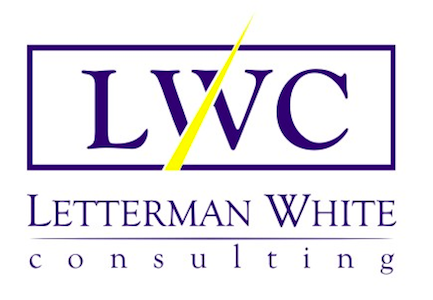By Susan Letterman White
People make decisions based on a variety of factors, including their values, beliefs, and experiences. Decision-making is a complex process that involves weighing the potential costs and benefits of different options and choosing the one that is most likely to lead to a desired outcome.
There are many different models of decision-making, but some common factors that can influence the decision-making process include:
Information: The availability and quality of information can impact decision-making. People may rely on their own experiences, or they may seek out additional information from sources such as books, articles, or experts.
Emotions: Emotions can play a significant role in decision-making. For example, people may make decisions based on how they feel about a particular option or the potential consequences of their choices.
Personal values: Personal values are deeply held beliefs that guide an individual's actions and decisions. These values may include things like honesty, loyalty, or responsibility.
Social influences: People may be influenced by the opinions and behaviors of others, such as friends, family, or societal norms.
Time constraints: The amount of time available to make a decision can impact the process. In some cases, people may need to make a decision quickly, while in other situations, they may have more time to consider their options.
Risk tolerance: People's willingness to take risks can also influence their decision-making. Some individuals may be more risk-averse and prefer to choose options that are more predictable, while others may be more willing to take risks in pursuit of a greater reward.
What do you know about how people make decisions unconsciously?
People often make decisions unconsciously, meaning that they are not fully aware of the factors that are influencing their choices. This type of decision-making is known as unconscious or automatic decision-making. It occurs when people rely on mental shortcuts, or heuristics, to make decisions quickly and efficiently.
Some common examples of unconscious decision-making include:
Anchoring: This occurs when people rely on the first piece of information they receive to make a decision, even if that information may not be relevant or accurate.
Framing: This occurs when the way in which information is presented influences people's decisions. For example, people may be more likely to choose option A over option B if it is presented as a gain rather than a loss.
Confirmation bias: This occurs when people seek out information that confirms their preexisting beliefs or biases and ignore information that contradicts them.
Loss aversion: This occurs when people are more motivated to avoid losses than to seek gains. As a result, they may make decisions that minimize the potential for loss, even if it means forgoing a potentially larger reward.
Unconscious decision-making can be influenced by a variety of factors, including emotions, past experiences, and social influences. It can be helpful in certain situations, as it allows people to make decisions quickly and efficiently. However, it can also lead to biases and errors in judgment if people rely too heavily on heuristics and do not consider all of the relevant information.
Contact Us Now!


